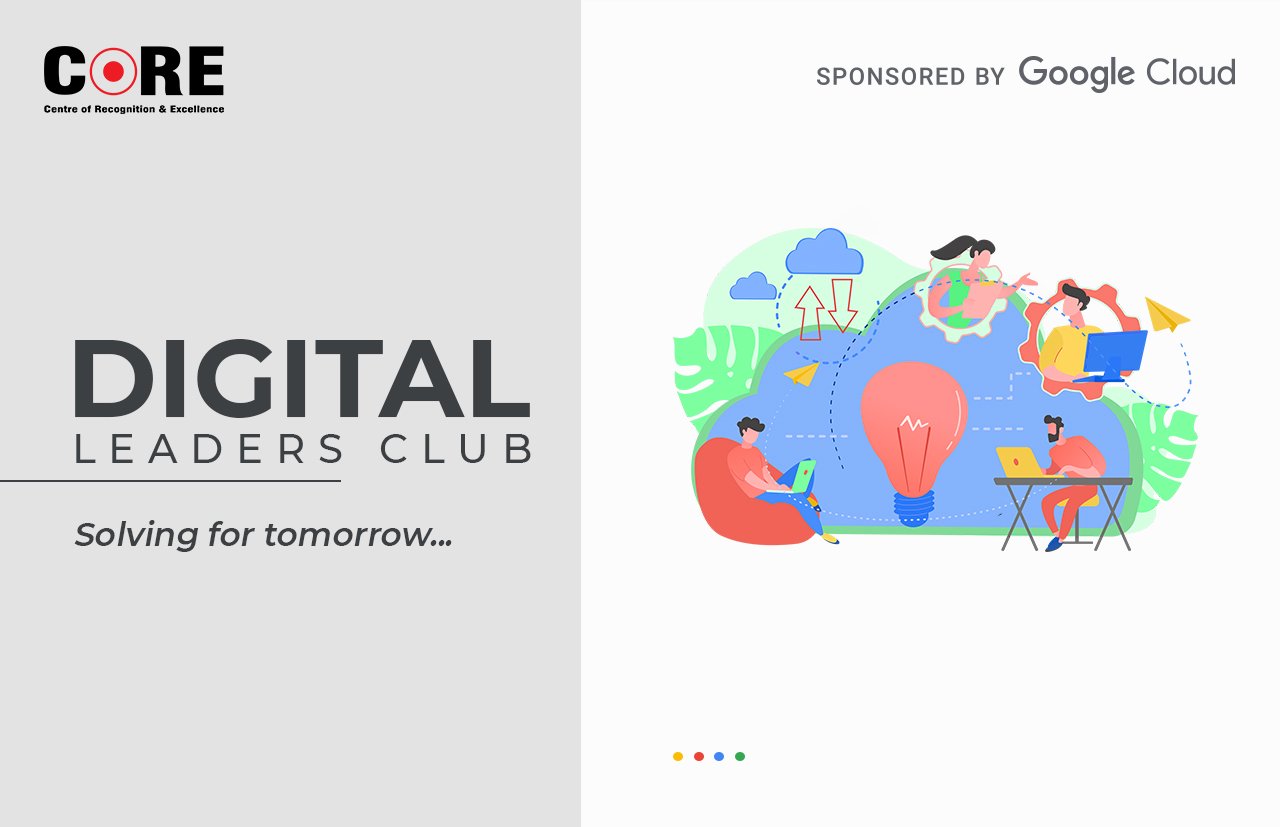-
Building a more resilient and responsible infrastructure is the key focus for enterprises in the post-pandemic phase, as they evaluate the most suitable cloud model for their mission critical workloads.
-
Indian enterprises look at building cloud-based data lakes by consolidating the data from their systems of record to truly leverage AI/ML models and predictive analytics.
Enterprises are accelerating their digital transformation journeys to stay ahead of the curve and strive for excellence. With Cloud being the platform of choice for innovation goals and critical initiatives, CIOs are also, leveraging the cloud for data analytics, AI, and ML for business continuity and to drive growth.
At the “Digital Leaders Club”, curated by CORE Media and Google Cloud India, enterprise leaders had free-flowing discussions on the changes they have seen in the last two years and the strategy they have in place for driving their digital transformation journey, and what their technology landscape looks like going forward.
“With increased focus on digital, Technology Leaders have strategized to break through the barriers and achieve new goals in the past year and a half. Cloud has taken precedence and is being leveraged as the baseline for innovation and growth by enterprises across sectors. We are witnessing breakthrough new business ideas and models that are coming up as a part of their digital roadmap” said Anoop Mathur, Founder & President, CORE Media, who moderated the discussion featuring senior CIOs from the industry along with experts from Google Cloud.
Throwing light on how Google has been mindful of the respective country regulations from a cloud perspective, Kamolika Peres, Director, Google Cloud India, said, “Even though we are a late entrant to the market, we already have two data centres which some of the large operators and hyperscalers don't have. This not only shows our commitment for the Indian market but also, has been a great advantage for enterprises to keep up the pace of transformation and latency requirements. Mostly importantly, this gives immense confidence to CIOs who can actually get the benefits of cloud without losing on any of the control that they need to have in their environment.”
Emphasizing how his company is leveraging Cloud in the current scheme of things, a Group CIO from a Global Logistics company said that the business has seen a big change in the last couple of years because of digitization and the direct accessibility to customers.
“There has been a change in the landscape on how businesses are moving forward. Right now, we are embarking on a huge digital transformation journey. When we look at it from an industry perspective, logistics has been a little late in the game. Nevertheless, we are fast catching up. The cost efficiencies, ease of doing business, and the ease of managing the IT infrastructure and landscape - all of these are moving towards cloud-enabled application journey.”
Another IT Head from the banking sector informed that there was a lot of resistance in the industry toward moving to public cloud, which has significantly reduced in the recent past. “At one point in time, the banking industry used to be only on the private cloud. But now, we, as well as our peers are continuously exploring instances where we can move to the public cloud given the innovation we can look at. With big tech companies entering into the financial services industry, we have seen synergies from both sides.”
“Banking has become a plug and play. And it is a win-win because, despite having rich data houses, we struggle with analysing and gaining insights from data. That's where CSPs become helpful. Google has been one of our trusted partners for some time,” he added.
Most CIOs on the panel echoed that their approach to cloud has been changed significantly in the last year or so. Cloud has become a platform of choice for larger innovation projects around analytics, AI/ML, etc., in their digital agendas, and they also shared how they have been navigating the challenges before them in their digital transformation journey.


